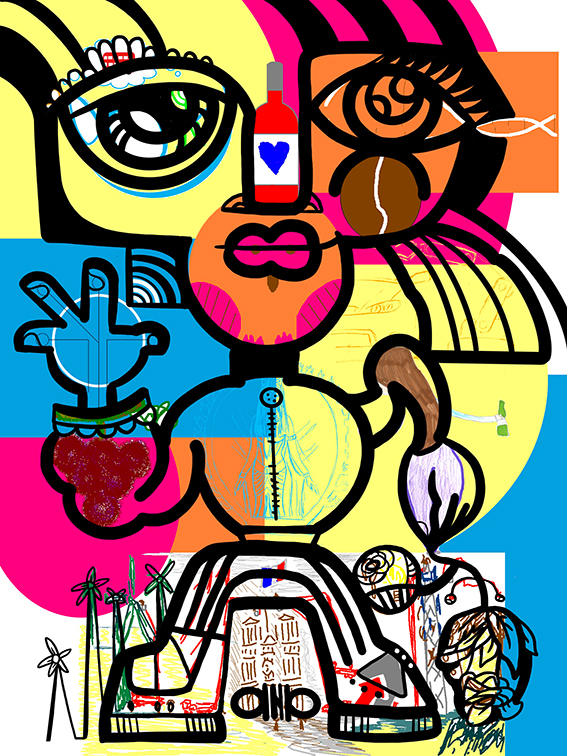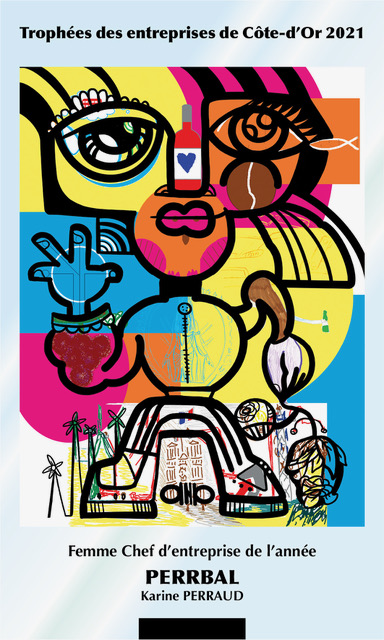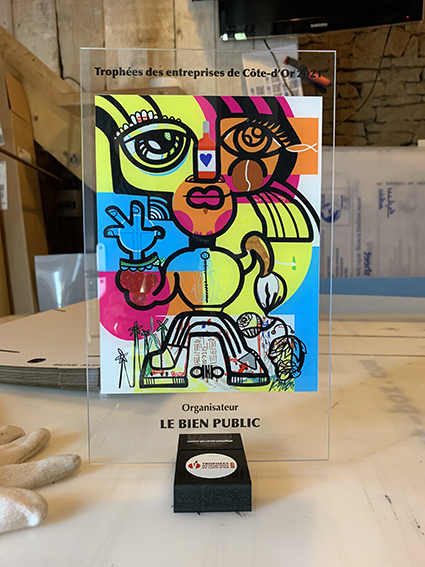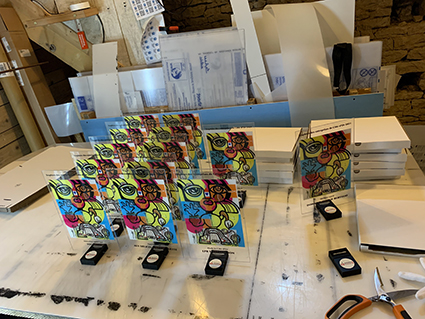Digital Mural remote design thinking is the perfect application to collaborate and communicate with team members and users from all over the world.
What is a design thinking activity?
Design thinking is a problem-solving approach that puts the user or customer at the center of the process, with the goal of creating solutions that meet their needs and desires. A design thinking activity is any task or exercise that helps individuals or teams apply the principles of design thinking to a specific problem or challenge.
Here are some examples of design thinking activities:
- Empathy mapping: This activity helps teams understand their users’ needs and desires. It involves creating a visual representation of the user’s experience, including their thoughts, feelings, and actions.
- Brainstorming: This classic activity involves generating a large number of ideas in a short amount of time. It is often used in the ideation stage of design thinking to come up with potential solutions to a problem.
- Prototyping: This activity involves creating a low-fidelity version of a potential solution. It can help teams quickly test and iterate on their ideas before investing a lot of time and resources.
- User testing: This activity involves getting feedback from users on a prototype or early version of a product or service. It can help teams understand how well their solution meets user needs and identify areas for improvement.
- Design sprints: This is a time-constrained process that involves going through the entire design thinking process in a few days or weeks. It can be a great way to quickly generate and test ideas for a specific problem or challenge.

What is an innovating digital design thinking?
Remote design thinking is the application of the design thinking process to a remote or virtual setting, using digital tools and technologies to collaborate and communicate with team members and users. This approach has become increasingly popular in recent years due to the rise of remote work and the COVID-19 pandemic, which has made in-person collaboration more difficult.
Remote design thinking typically involves the same stages as traditional design thinking: understanding the problem, empathizing with the user, defining the problem, ideating potential solutions, prototyping, and testing. However, the specific activities and tools used in each stage may differ.
For example, some common tools and platforms used in remote digital design thinking include video conferencing software (e.g. Zoom, Microsoft Teams), collaboration and project management tools (e.g. Trello, Asana), online whiteboards (e.g. Miro, Google Jamboard), and user testing software (e.g. UserTesting, Validately).
Remote design thinking also requires a focus on clear communication and documentation, as team members may not be in the same physical location. This can involve creating shared documents or wikis to capture and share ideas, taking detailed notes during virtual meetings, and using clear and concise language to communicate ideas and feedback.
Overall, remote design thinking can be an effective way to collaborate and innovate in a remote setting, as long as teams are equipped with the right tools and processes for effective communication and collaboration.

How can Digital Mural be the perfect remote Design Thinking virtual activity for nomad or long distance teammates?
Digital mural is a software that offers a unique experience to create virtual artwork remotely with an artist. The Plan 1 program is designed for teams of up to 25 people, allowing them to come together and create a collaborative piece of art. The software works by providing a webinar-style platform where each team member can contribute to a shared artistic whiteboard. The goal is to create a collaborative wish board, which is then sent to the artist for finalization.
The artist aNa, with her special skills, adds black line elements to the artwork, bringing the team’s vision to life. In a matter of days, the team members come together for an online reveal of the interactive artwork. This is a moment of excitement as the team gets to see the final product for the first time and appreciate the artist’s work.
One of the benefits of using Digital Mural for remote design thinking is that it offers a unique way for teams to come together and work on a creative project, regardless of their location. Teams can be spread out across the world, but they can still collaborate on the same project in real-time, making the process of creating artwork more efficient and streamlined.
The software is easy to use and offers a user-friendly interface, making it accessible to everyone. Team members can simply log in to the platform, join the webinar, and start contributing to the whiteboard. The artist can also join the webinar to see the progress of the artwork and offer suggestions as needed.
The reveal of the final artwork is an exciting event for the team members. The artwork can be shared online, allowing the team to showcase their work to a wider audience. It can also be printed and displayed in an exhibition, providing the team with a tangible representation of their collaboration.
One of the most significant advantages of Digital Mural remote design thinking is that it offers a new way for teams to work together on a creative project. Traditional forms of collaboration often involve meetings and discussions, which can be time-consuming and may not always lead to the desired outcome. With Digital Mural, teams can work together in a more visual and interactive way, resulting in a more dynamic and engaging experience.
The software also provides a unique opportunity for artists to showcase their work and collaborate with teams in a new and innovative way. The artist can work with the team to bring their vision to life, and the final artwork is a representation of the collaboration between the team and the artist.
Innovating Design thinking
In conclusion, Digital Mural is a software that offers teams and artists a new way to create and collaborate on virtual artwork. It provides a user-friendly platform for teams to come together and work on a shared whiteboard, and the artist can bring the team’s vision to life by adding black line elements. The software offers a unique and exciting experience for teams, providing a new and innovative way to work together on creative projects. Whether you’re a team looking for a new way to collaborate or an artist seeking new opportunities to showcase your work, Digital Mural is the solution you need.

How to run a remote design thinking workshop
Here are the guidelines for the Digital Mural remote design thinkingactivity:
- Preparation: Before starting the activity, make sure that everyone involved has access to the Digital Mural software and that they understand how to use it. It’s also important to establish the goals and objectives of the activity so that everyone is on the same page.
- Team Formation: Teams can be made up of a maximum of 25 people, and it’s important to ensure that everyone is able to participate and contribute to the whiteboard.
- Webinar: The team will come together for a webinar-style session where they can access the shared whiteboard. The team will work together to create a collaborative wish board, which will then be sent to the artist for finalization.
- Artist’s Role: The artist will take the team’s collaborative wish board and add black line elements to create the final artwork. The artist can also join the webinar to offer suggestions and provide guidance to the team as needed.
- Final Reveal: In a matter of days, the team will come together for an online reveal of the final artwork. This is a moment of excitement for the team as they get to see the final product for the first time.
- Sharing and Displaying: The final artwork can be shared online and printed for display in an exhibition. Teams can showcase their work to a wider audience, and the artwork serves as a representation of their collaboration.
- Communication: Communication is key to the success of the activity, and it’s important to establish clear lines of communication between the team and the artist. Team members should feel free to ask questions and offer suggestions throughout the process.
- Respect: Teams and the artist should work together in a collaborative and respectful manner, valuing each other’s contributions and opinions.
- Enjoyment: The Digital Mural activity is an opportunity for teams to come together and work on a creative project, and it’s important to have fun and enjoy the process.
By following these guidelines, teams and artists can work together to create beautiful and meaningful artwork using the Digital Mural software.



Comments are closed